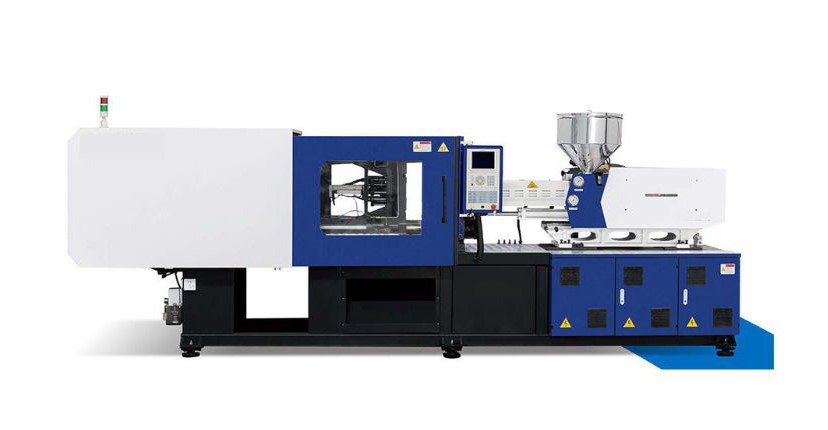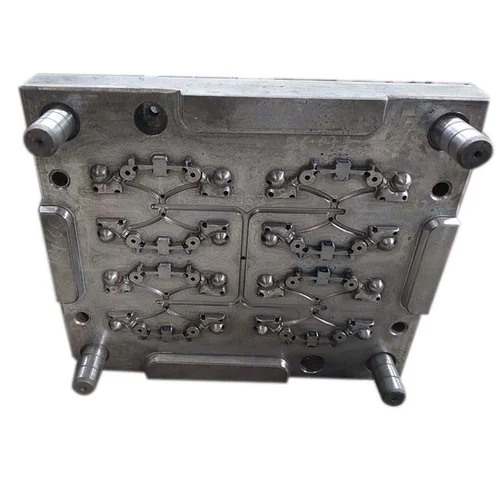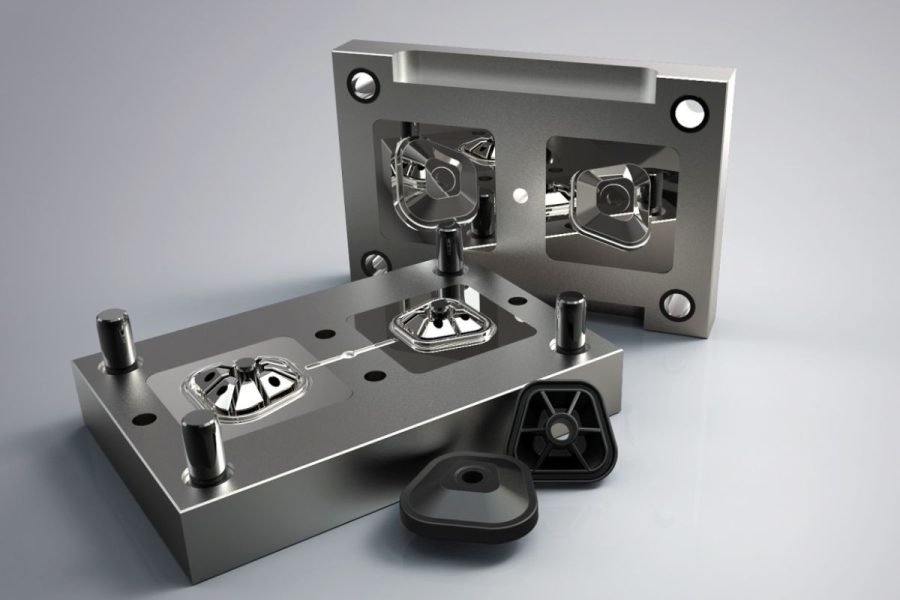
Thermoplastics play a critical role in modern automotive mold design, revolutionizing the way vehicles are manufactured and assembled. These materials, known for their versatility, lightweight properties, and cost-effectiveness, have become indispensable in producing automotive components that meet the industry’s stringent performance, safety, and environmental standards.
One of the primary advantages of thermoplastics in automotive mold design is their lightweight nature, which significantly reduces the overall weight of vehicles. This contributes to improved fuel efficiency and lower emissions, aligning with the growing demand for eco-friendly transportation. Additionally, thermoplastics offer exceptional flexibility in design, allowing manufacturers to create complex shapes, intricate details, and integrated components that enhance both aesthetics and functionality.
Thermoplastics also provide superior strength, impact resistance, and durability, making them ideal for critical automotive parts such as bumpers, dashboards, door panels, and interior trims. Their inherent resistance to corrosion and environmental factors ensures long-term reliability and performance. Moreover, advanced thermoplastic formulations can incorporate features such as flame retardancy, UV stability, and noise reduction, addressing a wide range of automotive requirements.
From a manufacturing perspective, thermoplastics simplify production processes. They can be efficiently molded, recycled, and reused, reducing waste and lowering costs. Their compatibility with injection molding and other modern techniques enables high-volume production with consistent quality, meeting the demands of mass manufacturing while maintaining precision.

